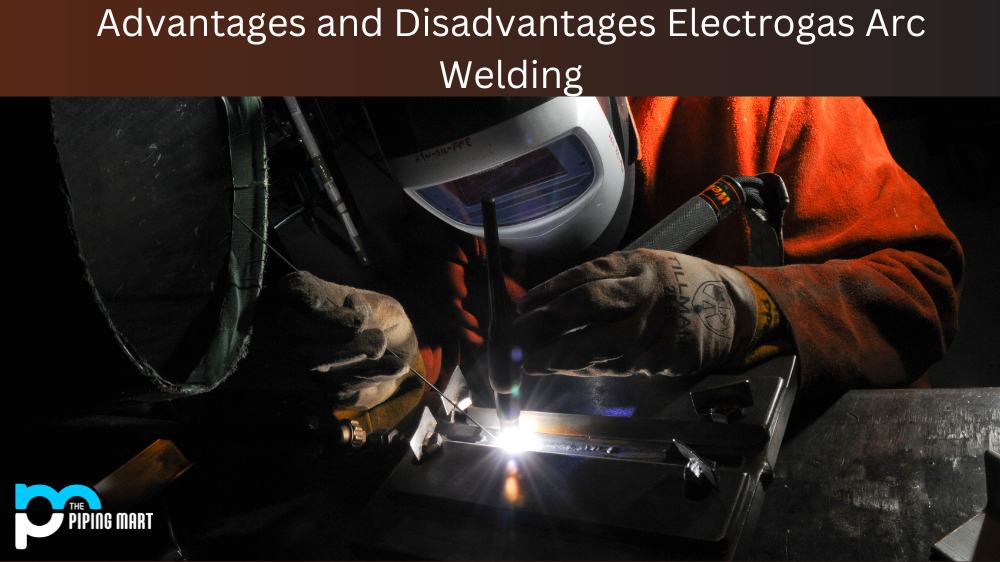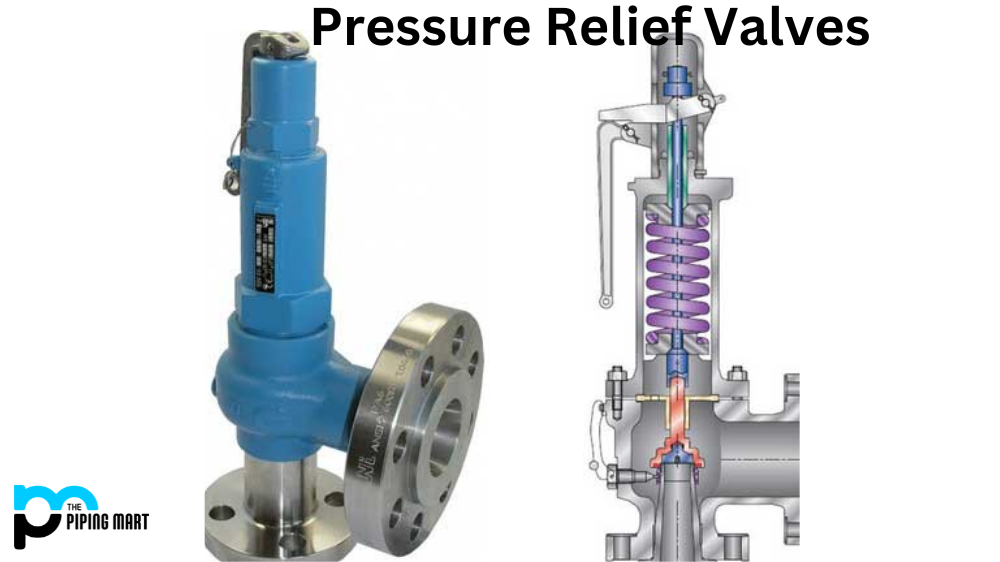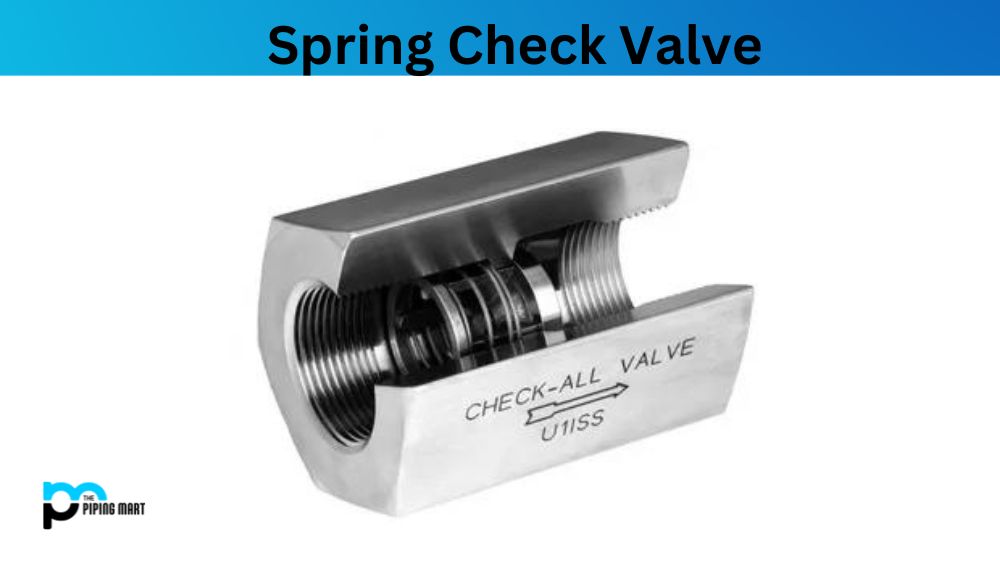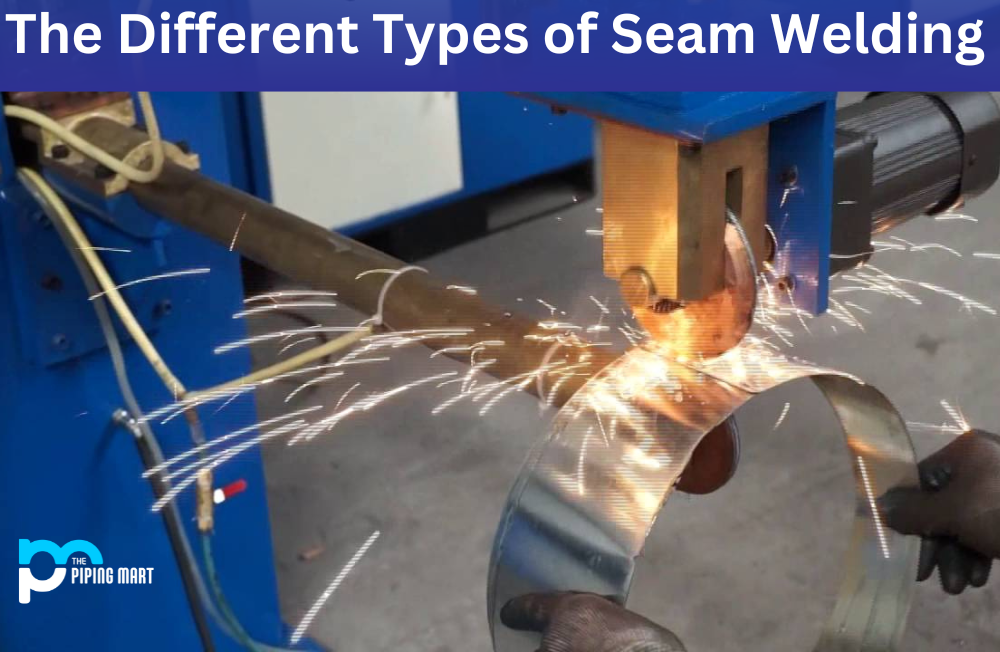Electrogas arc welding (EGW) is a process that relies on an electric arc to fuse metal parts. It is widely used in industrial, commercial, and construction applications due to its efficiency and cost-effectiveness. But, like any other welding technology, it has its pros and cons. Let’s take a closer look at the advantages and disadvantages of electro-gas arc welding.
Advantages of EGW
One of the biggest advantages of this method is that it requires very little setup time compared to other welding processes. This makes it ideal for large fabrication operations where multiple weldments must be completed quickly. Additionally, EGW can be used with any type of metal, including aluminium, steel, stainless steel, copper, brass, and bronze alloys. This makes it extremely versatile for different types of jobs. Finally, EGW produces less smoke than other welding processes, which means better visibility for the welder and less potential for hazardous fumes or vapors in the work area.
- Electrogas arc welding, or EGAW, is a type of welding that uses an electric arc to weld two pieces of metal together.
- EGAW is a versatile welding method used to weld various metals, including aluminum, stainless steel, and carbon steel.
- EGAW is a fast welding process that is typically used for large-scale projects.
- EGAW is a relatively safe welding process as it does not produce harmful fumes or gases.
- EGAW is a cost-effective welding process as it is less expensive than other welding methods, such as gas tungsten arc welding (GTAW).
Disadvantages of EGW
The main disadvantage to EGW is that it requires more skilled labor than other welding processes because it takes more practice to get good at controlling the heat input from the electric arc. EGW does not produce as strong a bond as other methods, such as MIG or TIG welding, which means that it may not be suitable for heavy structural applications where strength is paramount. Finally, electro-gas arc welding is limited by both power requirements and equipment size; larger weldments will require more power than smaller ones which may require additional equipment set up depending on your project needs.
Limited to Metals
One of the primary disadvantages of electro-gas arc welding is that it can only be used on metals. It cannot be used on other materials, such as plastics or wood. Additionally, electro-gas arc welding can only be used on electrically conductive metals.
Requires Specialized Equipment
Another disadvantage of electro-gas arc welding is that it requires specialized equipment. This includes an electrode holder, a power source, and a gas cylinder. This equipment can be expensive, making electro-gas arc welding inaccessible for some people.
Can Be Dangerous
Electrogas arc welding can also be dangerous if safety precautions are not taken. The risk of electric shock is always present when working with electrical equipment. Additionally, the gas used in electro-gas arc welding, typically carbon dioxide, can be harmful if inhaled in large quantities.
Produces Pollution
Electrogas arc welding also produces pollution, both in the form of air pollution and water pollution. The fumes produced by electro-gas arc welding can contain harmful chemicals, such as lead and cadmium. These fumes can be harmful to both the welders and those nearby. Additionally, the water used to cool the equipment during welding can become contaminated with heavy metals and other pollutants.
Requires Training and Experience
Finally, electro-gas arc welding requires both training and experience to do correctly. Those new to welding often need to correct mistakes that can result in poor-quality welds or injuries. As such, it is essential for those interested in electro-gas arc welding to receive proper training before attempting to weld on their own.
Conclusion:
Electrogas arc welding offers some unique advantages over other welding processes and some drawbacks that must be considered before deciding if this method is suitable for your application. When properly applied by an experienced welder who understands how to control the heat input from the electric arc, this method can produce strong bonds with minimal setup time while producing less hazardous fumes than other methods like MIG or TIG welding. However, inexperienced welders may need help controlling their heat input, which could lead to stronger bonds or consistent results. Overall, ensure you have an experienced operator on hand before proceeding with this method!

Abhishek is a seasoned blogger and industry expert, sharing his insights and knowledge on various topics. With his research, Abhishek offers valuable insights and tips for professionals and enthusiasts. Follow him for expert advice on the latest trends and developments in the metal industry.




